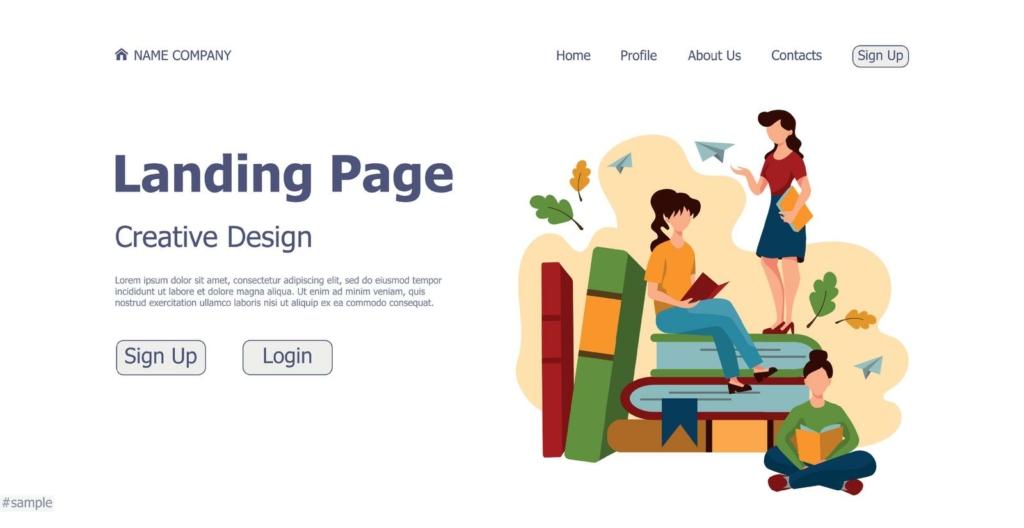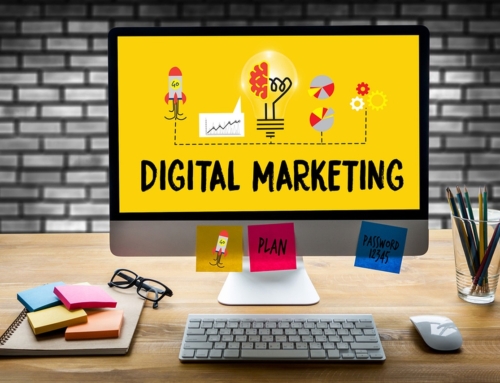Article #2 in the Series – 25 B2B Content Marketing Mistakes That are Costing Your Business: Landing Pages: The Conversion Catalysts Transforming Visitors into Valued Customers…
Hi, we are back with our series of articles on “25 B2B Content Marketing Mistakes That Cost Your Business”. In our second article of the series, we are going to discuss the second most common mistake that we make while doing content marketing and that is, not having a landing page.
When it comes to B2B content marketing it’s widely known that turning website visitors into leads is a step and having a prominent landing page is the key element.
If you’re thinking about dedicating time and energy to revamping your landing page strategy for a B2B business, it’s essential to grasp the advantages they provide. In this article, we are going to discuss the importance of having a proper landing page for successful content marketing.
Capturing and converting leads – Why Only Forms do not cut it.

Relying solely on a “contact us” form for all interactions on a website is not recommended as it can hinder lead generation. There are two reasons why this approach should be avoided.
Firstly it places the burden on website visitors to provide their information without receiving any value in return. Ideally, forms on your website should operate on a give-and-take basis, where visitors get something in exchange for their information. In the B2B realm, relevant content is crucial as part of this exchange. Therefore using a form, without an incentive offer can impede the conversion process.
Secondly, using a form limits your ability to tailor your marketing efforts based on the intentions or interests of leads.
Contact forms typically include text fields where users can provide information. These fields often lack the automation needed for follow-up emails or targeted marketing efforts. This can make it challenging to respond effectively, impacting your ability to reconnect with customers when necessary.
When running campaigns that require actions landing pages offer a solution. They act as destinations, for marketing efforts. Can align closely with the keywords and goals highlighted in your advertisements.
Guiding Leads Along the Sales Journey
Companies commonly adopt two approaches to guide leads through the sales process; passive waiting or relying solely on outreach. Unfortunately, both of these methods are generally ineffective in nurturing leads.
Opting for a passive approach puts the onus on leads to seek information and initiate contact when they are ready potentially resulting in missed sales opportunities without a defined strategy. Conversely reaching out aggressively with a sales pitch early may scare off prospects and lead to lost opportunities.
One effective tool for nurturing leads at sales funnel stages is leveraging landing pages. These versatile pages serve purposes. It can be customized based on where a lead is in their buyer’s journey.
For instance, offering an eBook or infographic can help convert some casual website visitors into business leads effectively. Once you have these leads you can send them emails guiding them to landing pages that showcase sales demo videos, case studies, and informative content to persuade them to become clients.
When you capture a lead, through a conversion rather than a generic form submission you acquire valuable insights about that lead. This information can be incredibly beneficial and utilized in marketing or outreach efforts. It enables you to nurture the lead based on their interests and the details they have shared.
Obtain Quantitative Insights Through Testing

When it comes to optimizing assets for attracting more business leads a landing page acts as a testing ground. In contrast to a homepage or primary website page with constraints and planned layouts, a landing page allows you to isolate and experiment with elements without compromising the overall messaging strategy.
By conducting split and multivariate tests on a landing page you can gather insights that are applicable across platforms. This approach is particularly advantageous, for B2B companies since they often have messaging statements, visuals, value propositions, and conversion offers.
By conducting tests you can pinpoint the elements that resonate best with your target audience.
Adopting a test-driven approach significantly boosts B2B lead generation. To ensure tests it’s crucial to focus on testing one variable at a time, in a split test, and make sure that the landing page attracts visitors to produce statistically meaningful results. At times investing in a paid campaign may be necessary to generate traction.
Given these benefits landing pages play a role in lead generation strategies for B2B firms. By implementing these tactics you can populate your sales pipeline with leads and fuel business expansion.
In Conclusion
Having gained insight into landing pages and their importance in marketing it’s time to deploy them effectively in your campaign. If you’re unsure about how to proceed, Creative Raven is ready to lend a hand. Get in touch with us today. Our team of professional digital marketers are equipped to provide guidance and assistance.










